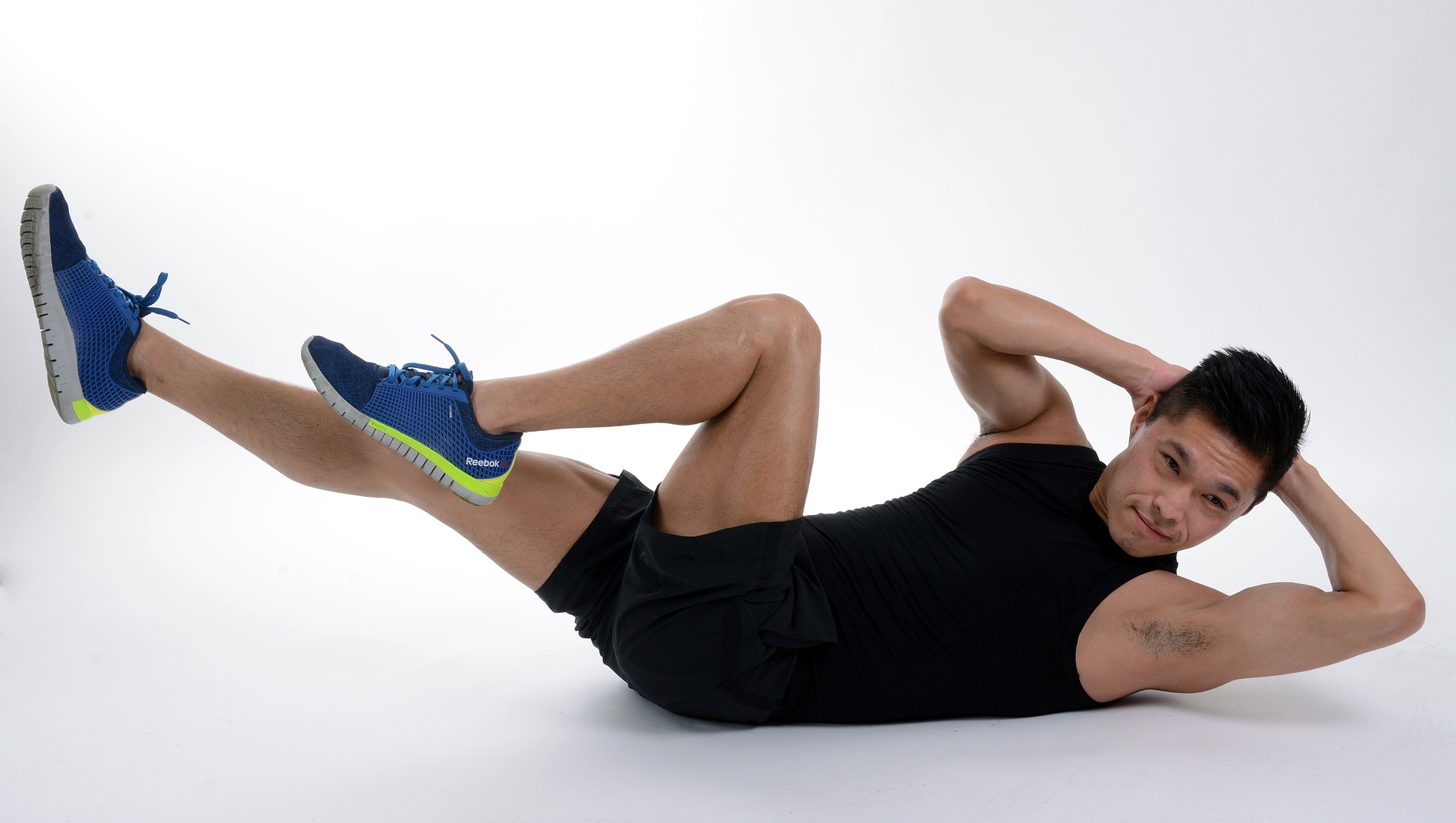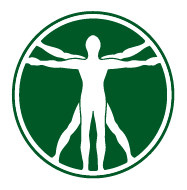Dr. Zafonte covers the core’s importance, anatomy, and how to improve its strength.

Everyone knows late night infomercials promoting the newest gadget, supplement, or fad diet promising you can “Get a rock-hard core before summer!”. While, true, having a strong core can help you look better, it is also far more important to your health than just cosmetic appearance.
Let’s take a look at the core, explain what it is, and why it is important.
What is the core?
Your body’s “core” is the group of muscles working together to provide stability, support, and protection for the lumbar spine and pelvic girdle. While some people
Anatomy of the core
When people hear “abs,” they immediately think of the 6-pack muscles on the front of the abdomen. However, the abdominals are actually a more complex network of muscles, including the rectus abdominus, transverse abdominus, internal obliques, and external obliques. When contracted in isolation, these muscles move the trunk forward, side to side, or in a rotational motion. When these muscles contract together as a team, they help stabilize the lumbar spine and the pelvic girdle. The muscles of the hips, including the gluteal muscle group, also contribute to the positioning and stability of the hips, pelvis, and lumbar spine.
Lastly, the network of tiny muscles called the multifidae run between each vertebrae in the spine, helping to provide stability between each segment. All of these muscle groups need to work as a unit to promote optimal movement of the hips and spine. If the muscles are weak or if a person has trouble activating the muscles in a controlled manner, it will lead to improper body mechanics and faulty movement patterns.
Why is the core important?
The muscles comprising the core are vital to maintaining stability and controlling movement of the spine and hips during a wide variety of daily tasks and athletic activities. Having a strong core helps to maintain proper body mechanics, improve athletic performance, and protect the spine from disc issues and other injuries. Weakness of the core musculature, in addition to poor motor control and body mechanics, can be a contributing factor for many types of low back and hip pain.
Strengthen your core today
If you believe your low back or hip pain is caused at least partially by a weak core, contact us today to make an appointment at one of our physical therapy centers or request an appointment online. One of our physical therapists will be able to work with you to create a highly customized treatment plan to suit your individual needs.
PRO STAFF LOCATIONS
OFFERING CERTIFIED
HAND THERAPY
Managing Diabetes: The Role of Physical Therapy
Managing Diabetes: The Role of Physical Therapy As of 2024, approximately 38.4 million Americans, or 11.6% of the U.S. population, have diabetes. Of these, 29.7 million cases are diagnosed, while an estimated 8.7 [...]
Staying Active and Injury-Free During Summer Activities
Staying Active and Injury-Free During Summer Activities Summer is a fantastic time to engage in outdoor sports and physical activities. Whether playing soccer, tennis, cycling, or jogging in the park, staying active is [...]
The Importance of Posture: How Proper Alignment Can Prevent Pain and Injury
The Importance of Posture: How Proper Alignment Can Prevent Pain and Injury In today's fast-paced world, where many hours are spent over desks, smartphones, and computers, posture is often neglected. Poor posture can [...]




